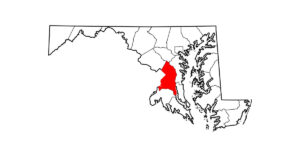Cold Weather Horse Management Tips

As the calendar flips from December to January, the coldest months of winter are typically just settling in. To help owners weather the winter, an equine expert from the University of Kentucky (UK) College of Agriculture, Food and Environment is sharing some tips for managing horses during extremely cold weather.
While the ideal time for cold weather preparation is in the fall, there are some steps you can take now to help keep your horses healthy. Bob Coleman, PhD, PAS, extension equine specialist in UK’s Department of Animal and Food Sciences, said horse owners should prepare for both acute and chronic cold; acute cold occurs during the cold snaps that last for short time periods, while chronic cold takes hold and stays in a region for a much longer duration. In some cases acute situations can be more dangerous than chronic cold, he said, because animals aren’t as used to the cold and owners might less prepared to combat the temperatures.
Regardless of the type of cold, owners should ensure horses have adequate shelter, water, dry bedding, and feed, he said
Create a free account with TheHorse.com to view this content.
TheHorse.com is home to thousands of free articles about horse health care. In order to access some of our exclusive free content, you must be signed into TheHorse.com.
Start your free account today!
Already have an account?
and continue reading.
Written by:
University of Kentucky College of Agriculture, Food and Environment
Related Articles
Stay on top of the most recent Horse Health news with












